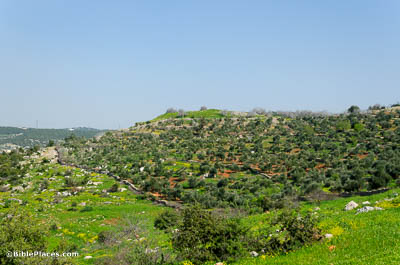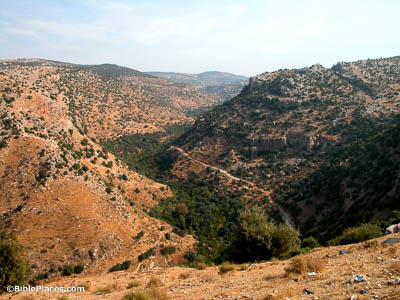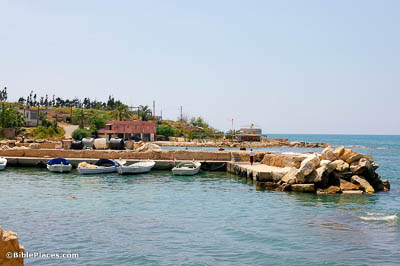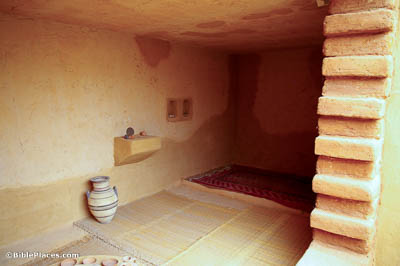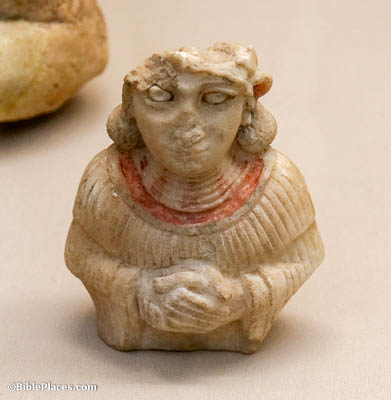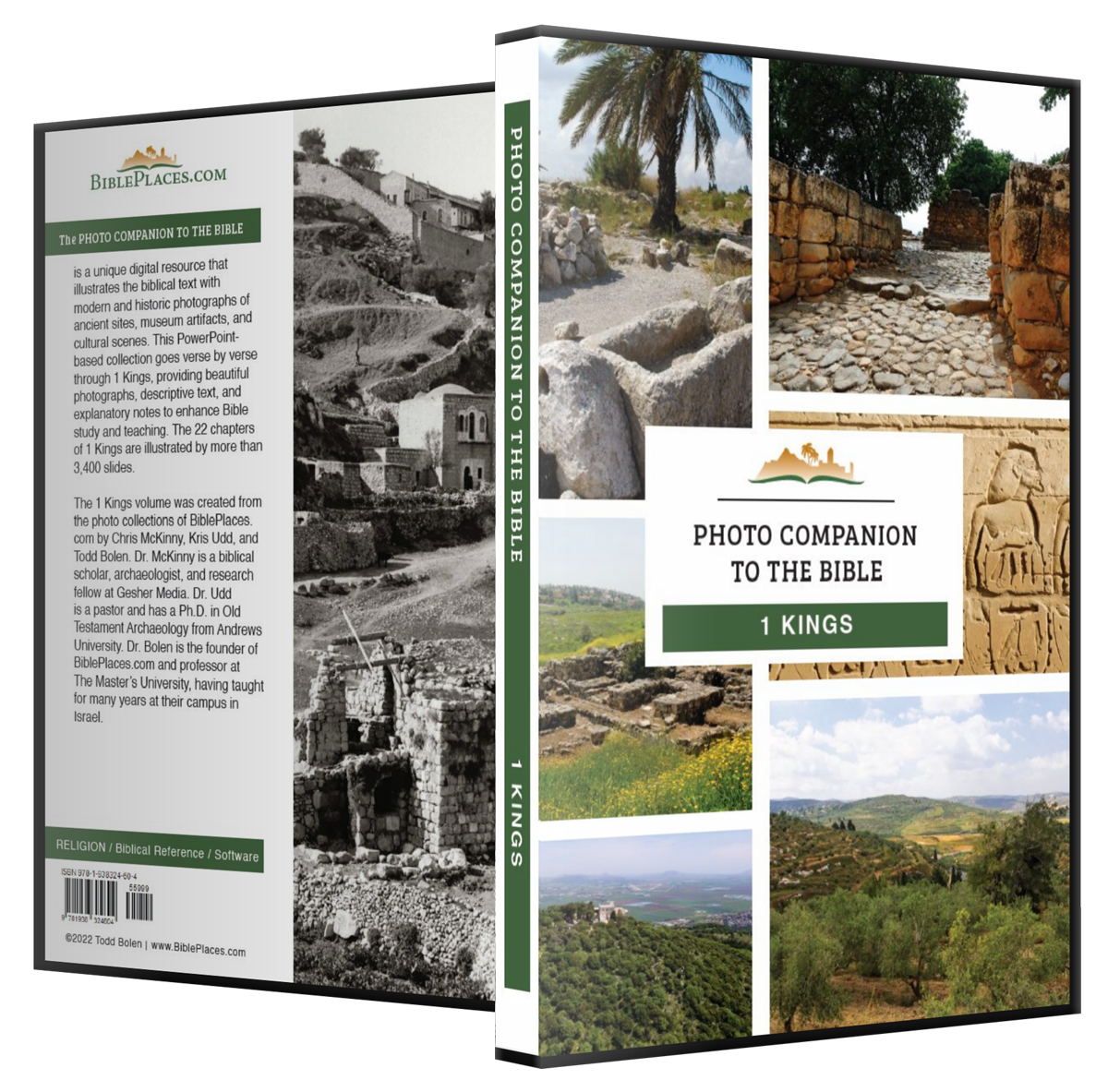Elijah the Tishbite, who was from Tishbe in Gilead . . . (1 Kings 17:1)
Listib, or el-Istib, may preserve the name Tishbe. No excavations have been done at the site, but surface surveys indicate no inhabitation before the Roman period. Umm al-Hedamus, the site shown here, is located 1.2 miles (2 km) from Listib and has Iron Age remains, including pottery from the time of Elijah (9th century BC). It is possible that Umm al-Hedamus was Tishbe in Elijah’s day, but that the village later moved to Listib, taking the name with it (Listib preserving Tishbe).
